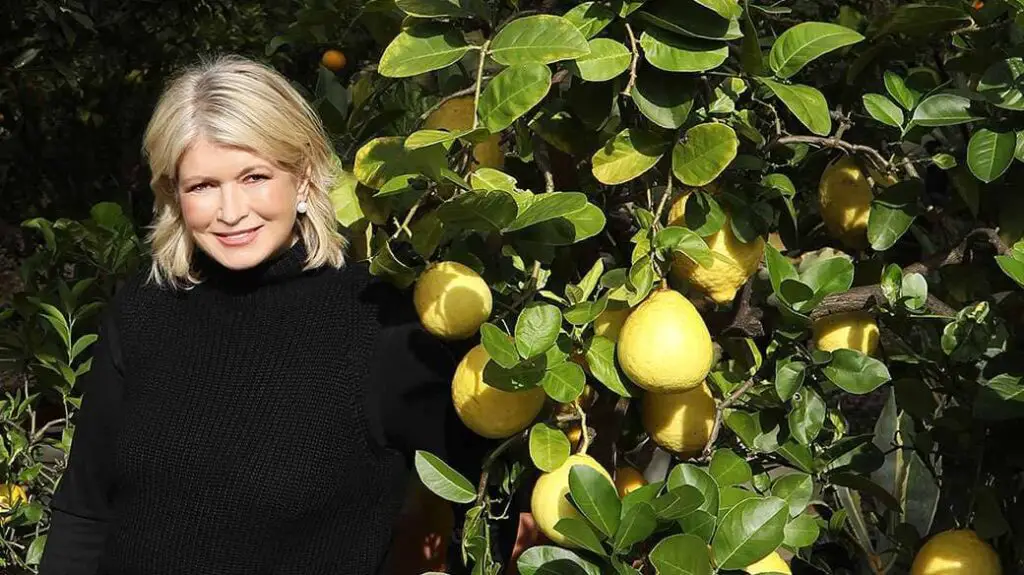Growing lemons from seeds can be a fulfilling endeavor, offering not only a practical application in gardening but also an aesthetic enhancement to your home. Whether you’re a seasoned gardener or a novice, the journey from a tiny seed to a flourishing lemon tree is a rewarding one. Follow these detailed steps to ensure your lemon seeds have the best chance of thriving.
Preparing Your Lemon Seeds
Before planting, it is crucial to select the right seeds and prepare them properly. Choose seeds from organic lemons since non-organic lemons might contain pesticides that could affect seed germination. Extract the seeds from a ripe lemon and wash them thoroughly to remove any sticky residue, which could foster fungal growth.
Seed Stratification
Stratification is a process that mimics natural winter conditions, which lemon seeds require to break dormancy. Wrap your seeds in a damp paper towel, place them in a sealable plastic bag, and store them in the refrigerator for about two weeks. This cold treatment encourages germination.
Planting the Seeds
Once stratified, plant the seeds in a well-draining potting mix. Use small pots for individual seeds to avoid disturbing roots later on. Plant the seeds about half an inch deep, covering them lightly with soil. Water gently to moisten the soil without causing it to become soggy.
Optimal Growing Conditions
Lemon trees thrive in well-lit environments, so place your pots in a sunny spot where they can receive at least eight hours of direct sunlight daily. Maintain a consistent temperature around 70°F (21°C), which is ideal for lemon seed germination. Avoid locations with drastic temperature fluctuations.
Watering and Humidity
Keep the soil consistently moist but not waterlogged. Overwatering can lead to root rot, a common issue in lemon seed cultivation. Additionally, lemon seeds benefit from high humidity. If your indoor air is dry, use a humidifier or place a water tray near your planting area to increase moisture levels.
Fertilization Strategy
Once your seeds sprout and the seedlings are about 2-3 inches tall, start using a balanced, water-soluble fertilizer every four weeks. This will provide essential nutrients like nitrogen, phosphorus, and potassium, which are vital for healthy growth and development.
Pruning and Training
As your lemon tree grows, pruning is necessary to shape the tree and promote healthy growth. Remove any dead or overlapping branches to improve air circulation and sunlight exposure to the inner parts of the tree. This also helps prevent diseases and encourages the growth of fruiting branches.
Pest and Disease Management
Keep an eye out for common pests such as aphids, spider mites, and scale insects. Natural remedies like neem oil or insecticidal soap can be effective treatments. Regularly inspect your plant for signs of disease, such as leaf spots or wilting, and address any issues promptly to prevent them from spreading.
Acclimatization
If you plan to move your lemon tree outdoors, it’s important to acclimatize it gradually. Start by placing the tree outside in a shaded area for a few hours each day, gradually increasing its exposure to direct sunlight. This will help prevent shock and sunburn, ensuring a smoother transition to outdoor conditions.
Harvesting Your Lemons
Lemon trees grown from seeds can take several years to bear fruit, so patience is key. When your tree eventually starts producing fruit, wait until the lemons are fully ripe before harvesting. Ripe lemons are usually deep yellow and slightly soft to the touch.
By following these essential steps, you can successfully grow a healthy and productive lemon tree from seed, enjoying both the process and the rewards of your gardening efforts.


